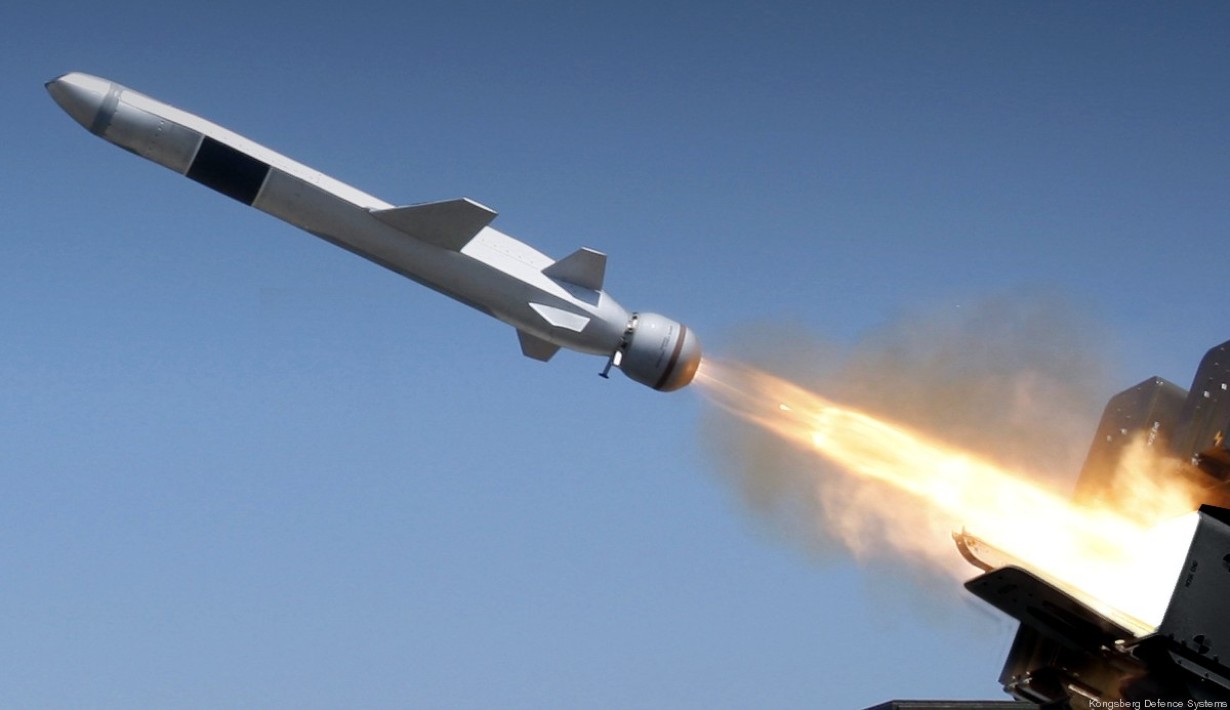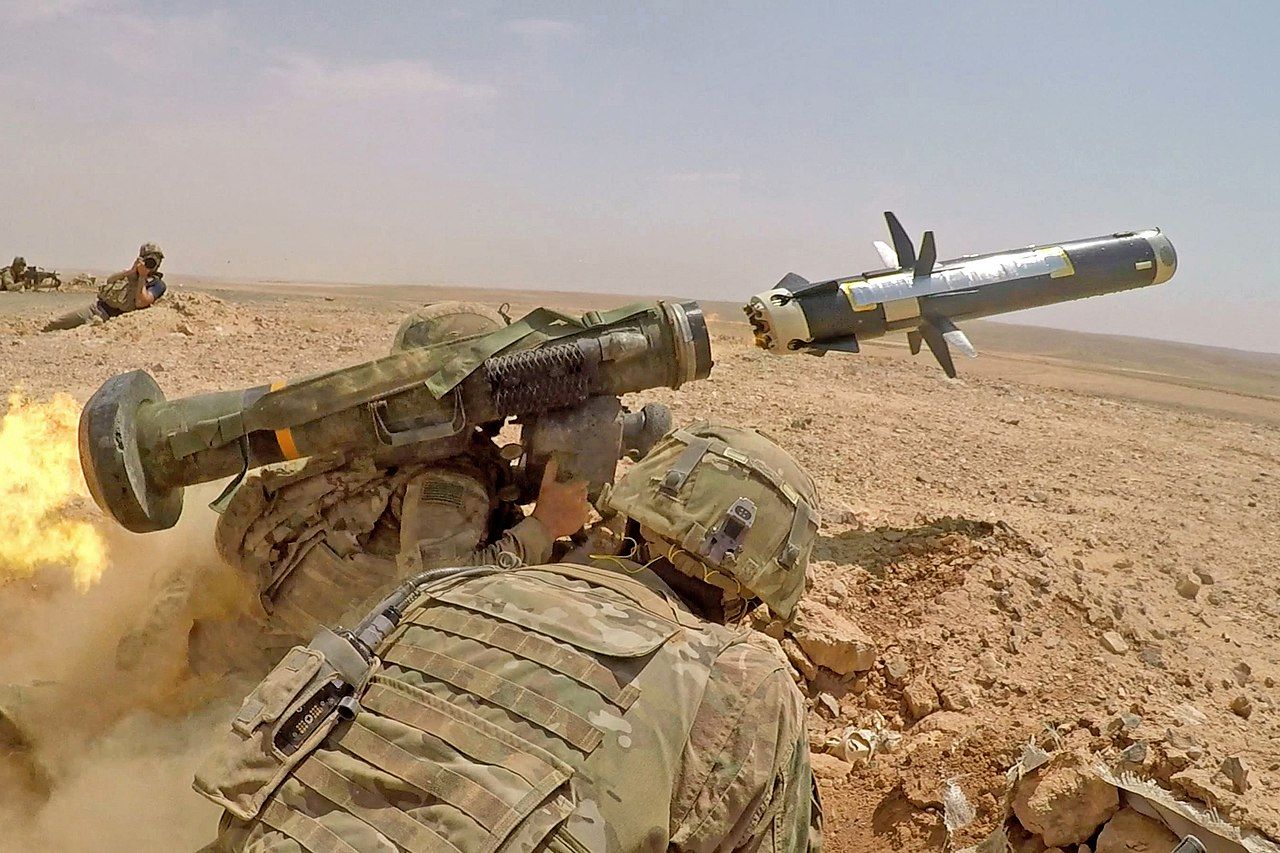US Senators are hoping that Congress would approve a US$13 million, part of a US$886 billion defense bill, to develop sophisticated and niche chemical compounds.
Su-57: Russia Adds Teeth To Felon, Equips Its Stealth Fighter Jet With Cutting-Edge Digital Comm System
The plan also involves reengineering existing weapons systems with these compounds, which experts say would itself cost billions of dollars but could help the US to strike Chinese naval targets at longer ranges without having to get close to Beijing’s powerful navy.
Called ‘high energetics’ studies, the material in question is the China Lake Compound-20 (CL-20). It increases the range and explosive power of a rocket motor or a warhead, depending on where it is used. Developed by a government laboratory in California in the 1980s, the material is highly unstable, making its mass production, storage, and transport risky.
A Reuters report said the US$13 million request involves “tinkering with the mix of chemicals fueling missiles and rockets…plan to expand and manufacture the chemical compounds to replace (and) retrofit… the explosive material in warheads for some current weapons systems by as much as 20 percent.
“Although a fraction of the $886 billion defense bill making its way through Congress, the funding starts a process that could ultimately lead to billions of dollars of new spending on munitions.” The version of the defense bill by the House proposes the Department of Defense (DoD) to run a “pilot” program first on some missiles, implying its experimental nature.
Interestingly, China currently leads in high energetics and CL-20, despite the chemical being invented in the US. Its scientists in June reported success with nanotechnology that has made it more resistant to shock and friction, according to a report in the South China Morning Post (SCMP).
The material is highly delicate and unstable, which prevents it from being mass manufactured at an industrial scale since the heavy storage and transport activities expose it to such risks.
Helps US In Western Pacific
Energetics development declined in the United States owing to the Pentagon’s focus on increasing the accuracy of weapons to realize greater lethality rather than explosive power.
This was according to a 2021 Energetics Technology Center report the Pentagon commissioned following a mandate by the US Congress.

The tactical benefits of having a chemical that assures longer range and greater explosive power is particularly suited for a theater like the western Pacific, where the US admittedly faces a series of technological, logistical, and doctrinal disadvantages.
China’s long-range missiles, part of its Anti-Access/Area-Denial (A2/AD) concept, are meant to keep an American naval armada at bay without ever allowing it to get close to its shores.
For instance, the YJ-18 anti-ship cruise missiles (range 540 kilometers) carried by the Type 052 and Type 055 destroyers and the PL-15 Beyond Visual Range air-to-air missile (300 kilometers) outranges the US’ 240-kilometer range Harpoons and the 161-kilometer AIM 190D.
The US Arleigh Burke destroyers and the Ticonderoga-class cruisers carry Harpoon Anti-Ship Missiles (AShM). Even the Standard Missile-6 (SM-6) has limited land attack capability and can reach only up to 240 kilometers.
The DF-21D Anti-Ship Ballistic Missile (ASBM) – called China’s “carrier-killer” – threatens US aircraft carriers, given its unorthodox ballistic path, which experts agree does not have any defense system designed to tackle the unconventional approach.
The former commander of the US Pacific Command (now Indo-Pacific Command or INDOPACOM), Admiral Harry Harris, admitted China’s lead in long-range missilery before the Senate Armed Services Committee in March 2018.
“We are at a disadvantage concerning China today because China has ground-based ballistic missiles that threaten our basing in the western Pacific and our ships,” he said.
Bryan Clark, a senior fellow and Director of the Hudson Institute, said that the longer ranges of Chinese missiles disallow the US Navy (USN) from exploiting its payload and capacity advantage, where its warships carry more missiles.
“If the Chinese side can launch at longer ranges, then the missiles on the US side are irrelevant if China fires first from outside the range of the US warships. What could US ships be launching in response? At the ranges we are talking about, nothing,” Clark was quoted saying.

PLAN’s Type 052 and Type 055 destroyers have 64 and 112 Vertical Launch Systems (VLS) cells, respectively, while the USN destroyers and cruisers have 96 and 112. Thus, China lacks the ‘heavy lifters’ that can mass fire to overwhelm US ships and get through their defenses.
But this capacity disadvantage is made irrelevant by the “range, speed, and sensor performance” of China’s anti-ship missile capability that “exceeds” that of the United States, former Marine Corps officer and Visiting Senior Fellow at the Mitchell Institute for Aerospace Studies Robert Haddick told Reuters.
CL-20 Gives Greater Range & Explosive Force
This is where the CL-20 comes in. High explosive and new energetic materials like the CL-20 can deliver a higher amount of explosive power from a certain proportion.
This helps reduce the size of the warhead, leaving more space inside the missile and allowing other systems to be installed that enhance guidance, target acquisition, and accuracy.
Otherwise, it simply helps reduce the size of the missile with smaller missiles projectiles with longer range and speed that can be carried on an aircraft, increasing its payload. Representative Mike Gallagher told Reuters that the “distance in the Indo-Pacific and sheer size of (China’s) Navy means the US needs more ship-killing missiles that can reach distant targets.”
While the bill does not identify the weapons, experts believe they are the Lockheed Martin-made Long-Range Anti-Ship Missiles (LRASM), the Harpoon ASM made by Boeing, and the Javelin anti-tank guided missile (ATGM) made by Lockheed and RTX (formerly Raytheon).
A 2021 paper said repowering a rocket with CL-20 and other changes could extend its range by about 20 percent. Another previous paper by the Energetics Technology Center said new energetic materials give a 400-pound bomb “the same lethality as a current 1000-pound bomb,” adding China makes “CL-20 on an industrial scale and built it into weapons systems.”
Could Cost Billions
That this could be the beginning of an ensuing series of funding requests is evident as the legislation earmarks funds for establishing an office for energetic materials within the Department of Defense, according to Deputy Secretary of Defense Kathleen Hicks.
“The office would be a coordinating body across the Army, Navy, and Air Force to cut through institutional red tape,” said the report.
This implies the actual scientific research and development and the ensuing industrial manufacture, recalling, and tweaking of the unidentified weapons systems have still not been accounted for.
Securing funding for those stages while coordinating with defense majors like Northrop Grumman, Lockheed Martin, and RTX for reengineering their products while also maintaining the US Navy’s operational readiness can be expected to be time-consuming and costly affairs.
These hurdles, however, might also be overcome, despite the Democrat-controlled Senate and Republican-held House of Representatives still negotiating final funding levels, as “there is general agreement on the bipartisan effort to deter China.”
This is unlike Russia, where a great majority of the Republican party, especially the faction led by former President Donald Trump, is friendly towards Moscow and has often slammed the Biden administration’s arming of Ukraine.
- The author can be reached at satamp@gmail.com
- Follow EurAsian Times on Google News




